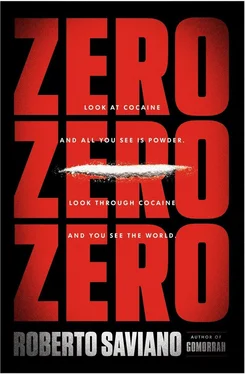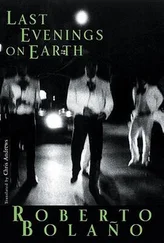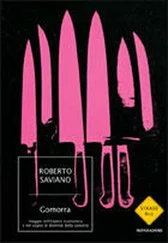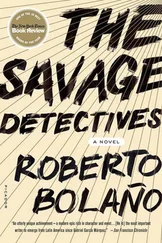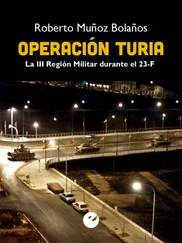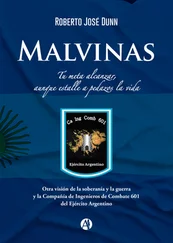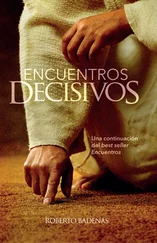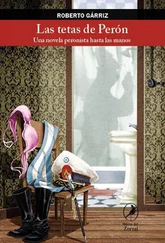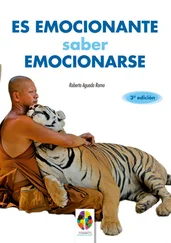“He went looking for it.” “What was he expecting?” “Like he didn’t know beforehand?” Callous, cruel questions, yet also legitimate. Cynical maybe, but all things considered, correct. Unfortunately there’s no answer. There’s only guilt, because you knew the consequences would be terrible, for you and your family. You knew, but you did it anyway. Why? There’s no answer to that question either. You see something and behind it you see a hundred other things. You can’t simply stop dead in your tracks; you have to keep going, to dig deeper. Maybe you know what awaits you, maybe you know perfectly well, but you’re neither reckless nor crazy. You smile at your friends, at your colleagues too, and maybe you share your worries with them, but your outer image doesn’t correspond in the least with your inner torment. It’s as if two opposing forces were pulling you in different directions. A struggle over where to stand, and the battlefield is your own stomach, because that’s where you feel the push and pull, an endless tug-of-war that ties your innards in knots.
Christian Poveda knew this feeling well. He was born to Spanish Republican parents who took refuge in Algiers during the Franco regime, and when he was six he moved with his family to Paris. Curious, questioning, he embraced early on his life profession: journalism. With its extensions — pen, computer, lens — he travels in Algeria, the Caribbean, Argentina, Chile. He covers the war in Iran, Iraq, Lebanon. His reports are different from the sorts of stories you have to file for the TV news. A different quality, you could say, as if he didn’t have a job to do. Behind every photo, between the lines of every article there’s always a human story that breathes, demanding more oxygen and space.
Christian decides to focus on making documentaries, a new extension of his curiosity, an extension that unites all the existing ones — pen, computer, and lens — and that finally allows him to observe the animal in the wild. He makes his first documentary in 1986, Shadow Warriors, about the Chilean rebel group Mapu Lautaro, which opposed Pinochet’s fascist regime. But it’s when he goes to El Salvador that he seems to find the land he’d been looking for. The place where he was really needed, where everything he’d wanted and all he had trained himself to be converged. El Salvador. A country tormented by a lengthy civil war that Christian himself first documented in 1980, together with the journalist Jean-Michel Caradec’h. He was the first photojournalist to cover El Salvador’s guerrilla warfare from the inside. “He went looking for it.” “It was his fault.” “If you play with fire, you’ll get burned.” The same remarks, still fair, still pertinent.
Years go by, you accumulate experiences, you build up a protective shell, but the knot in your gut is still there. Christian feels them inside him now, those stories he tells on film. They bite and claw at him from within. And when a story moves inside you it’s like your soul is in labor, restless nights, not a moment of peace until you manage to give birth.
His first documentary about El Salvador comes out in 1991. The name Poveda echoes throughout the country. Then the civil war ends; peace treaties are signed. These are years of renewed hope, years in which many El Salvadorans who had taken refuge abroad return home. During the war thousands of children had fled to the United States without their families — either their parents were murdered or their mothers preferred to have them safer far away from a poor land devastated by civil war. Deserters and ex-guerrillas flee as well. That is how the maras are born, the El Salvadoran gangs in Los Angeles that model themselves after all the other gangs there — African American, Asian, and Mexican. The maras are the new families for El Salvadoran kids that form on the streets of California. They start out as a form of self-defense, to protect themselves against the other gangs that target the new immigrants. Many of the people who organize gangs by gathering groups of kids are former guerrillas or paramilitaries: It’s not surprising that the structures and modes of operation of these groups resemble military practices. The Mexican gangs are soon defeated, and shortly after, the Salvadoran gangs split into two large families of mareros, which distinguish themselves by their “street number”: Mara 13, better known as Mara Salvatrucha, and Mara 18, a dissident branch. Then the civil war in El Salvador ends. The country’s on its knees; poverty is rampant, creating an opportunity for the gangs to go home. For many of them it’s a choice; for others their return is decided by the U.S. government, which frees itself of the thugs who’d served time in American jails.
Today the maras have cells in the United States, Mexico, all over Central America, in Europe, and the Philippines; about 15,000 members in El Salvador, 14,000 in Guatemala, 35,000 in Honduras, 5,000 in Mexico. The highest concentration is in the United States, with 70,000 members. Mara 18 is considered to be the biggest criminal gang in Los Angeles. It was the first to accept ethnic diversity and to allow people from other countries to join. For the most part they’re kids between thirteen and seventeen years old. This army of children primarily pushes cocaine and marijuana on the streets. They don’t handle big orders, they aren’t rich, and they don’t corrupt institutions. But on the street they guarantee immediate money and power. They’re the retail drug cartel and are also involved in activities such as extortion, car theft, and murder. According to the FBI, the maras are the most dangerous street gangs in the world.
Everything is codified within the organization: hand signals, face tattoos, hierarchy. Everything they do is filtered through rules that create and control their identity. The result is a compact organization that knows how to move quickly. In El Salvador mara means group, or crowd. The word implies disorder, but in truth these groups — thanks to their rules, and to the punishments with which infractions are met — have been able to become reliable partners to global criminal organizations. The origin of the name Mara Salvatrucha is disputed. A “salvatrucho” is a young Salvadoran fighter, but the word is composed of “salva”—in homage to El Salvador — and “trucha,” which means cunning. You have to pass really challenging tests in order to become a member: The boys have to endure thirteen seconds of brutal, uninterrupted beating — punches, kicks, slaps, and kneeings — which often leave the new recruits unconscious. The girls are often gang-raped as well. The recruits are getting younger and younger, and for them there is just one rule of life: the gang or death.
Christian Poveda wanted to make a feature film about the maras. He wanted to understand. To live with them. To discover why twelve-year-old kids become murderers willing to die before they turn twenty. And they welcomed him. As if they’d finally found the person who could tell about them, the maras. “Why couldn’t he just have stayed home?” “What did it get him?” “Doesn’t he care about the people close to him?” At a certain point these questions don’t bother you anymore; they’re as annoying as a mosquito bite. They itch for a while, and then they fade away, gone for good.
Filming for La vida loca takes sixteen months. For nearly a year and a half Christian follows the criminal bands in search of answers to his questions. He attends initiation rites, studies their facial tattoos, is at their side while members — male and female — get high on crack and cocaine, plan a murder, attend a friend’s funeral. Every mara operates differently, depending on the country it’s in. “It’s not the same thing selling drugs in the central market of San Salvador as it is selling drugs on Sunset Boulevard in Los Angeles,” Christian says. Theirs are lives of shootouts, homicides, reprisals, police checks, funerals, and prison. Lives that Christian describes without being morbid in the least. He tells the story of “Little One,” a nineteen-year-old mother with an enormous 18 tattooed on her face, from her eyebrows to her chin. He tells the story of Moreno, twenty-five, who wanted to change his life and started working in a bakery set up by a nonprofit called Homies Unidos. But the bakery closes when its owner is arrested and sentenced to sixteen years for homicide. He tells of La Maga, another young mother, she too a gang member who lost an eye in a fight. Christian follows her to her doctor’s appointments, to her surgery to replace the damaged eye with a glass one. A pointless operation, though, because she’s shot dead before he finishes shooting the movie, one of many Mara 18 members killed while he worked on the documentary.
Читать дальше
